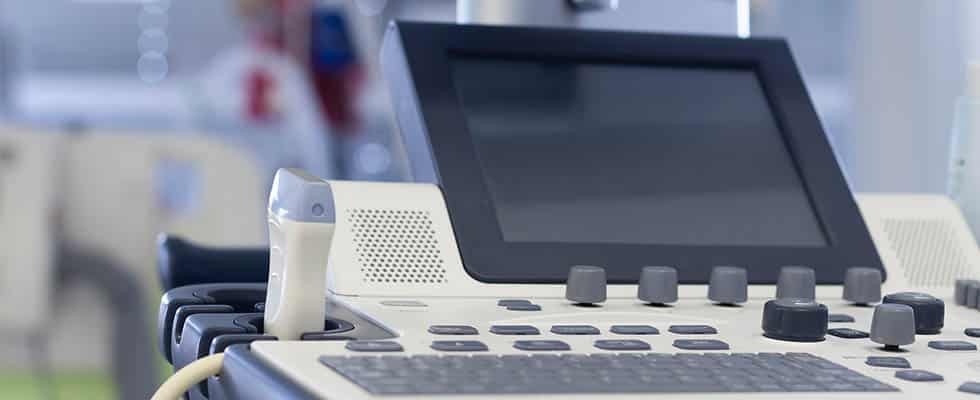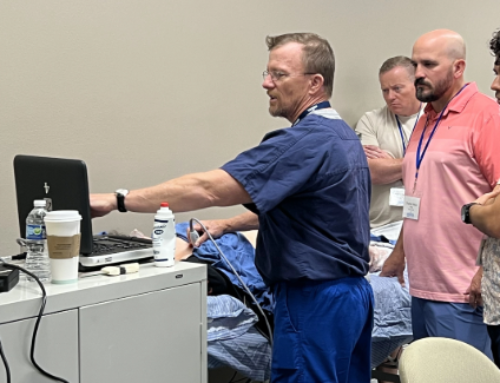
There can be little doubt that COVID-19 is the major topic of conversation in lives today, not just for the medical field, but for government, businesses, organizations, and communities everywhere. As each of us adapt to the guidelines and requirements put forth, while also working to protect ourselves and our family, adapting, and doing so quickly, has been vital to success. One incredible way medical teams are adjusting to meet the needs of their patients is by furthering the use of point of care ultrasound (POCUS) in a number of ways.
Patrick Alduenda is the Director of Point of Care Ultrasound for the Lewis and Clark Emergency Physicians Group at St. Peters Hospital in Helena, Montana, and is on the front lines of caring for patients with and without COVID-19. Crucial to his work is the assistance POCUS provides in making better decisions for patients every day.
Specific Applications of POCUS
Whether in parking lot triage or in a patient that has been hospitalized for several days, POCUS provides direct and clear imaging of areas that need to be screened when working with a suspected or confirmed COVID case. Because of the association with respiratory issues, particular attention is paid to the lungs. POCUS can help doctors assess the extent of the illness similar to CT imaging and with much more accuracy than x-ray.
Triage Assistance and Benefits
POCUS can provide a number of benefits for doctors and medical personnel doing triage during this time. If a patient answers several screening questions a certain way, presents with shortness of breath, and shows features through POCUS imaging that is consistent with pneumonia, looking closer at a COVID diagnosis makes sense. Doctors can also immediately see the extent of the illness, providing better resources for treatment decisions. This immediate glance into a patient will help medical staff save lives and save time.
When hospitals are approaching capacity, the information POCUS provides will be especially beneficial as doctors can get an immediate and accurate idea of how critical a patient’s needs are. Paired with a physical examination, doctors can determine who needs admission and who can be monitored from home. By limiting patients in the hospital, with triage taking place outside, contact and transmission is reduced further as well.
Ongoing Treatment and Benefits
Regardless of usage in COVID patients or not, an advantage of POCUS is the ability to provide ongoing care. Patrick offered, “[POCUS] is a nimble way to assess progress or worsening” and “[doctors] can screen as part of rounds, looking at comparable spots for improving or worsening.” Combined with vital signs and blood work, better decisions are being made for patients within their treatment.
Mitigation of COVID Transmission
A huge benefit of POCUS is the portability of the imaging tool itself. The sanitation of the machine itself is much quicker than sanitizing a room dedicated for CT scans or x-ray machines. Within a couple of minutes, a doctor can move to use POCUS on a different patient, whereas the larger imaging machines take additional time for cleaning. Further, because the doctor is trained on taking and interpreting the images themselves, there is no exposure to technicians or others in hallways as patients are transported from place to place. This minimal contact reduces the likelihood of transmission.
This tool, POCUS, is not out of reach for medical providers today. In fact, Patrick states, “In a short period of time, with appropriate training, medical providers can make better and more impactful decisions at the bedside.” Citing the huge differentiation in what medical providers can immediately rule out and what can be honed in on with the use of POCUS, particularly at these times, will make a difference in patient’s lives.
Maverick Medical Education can provide the training needed to begin the use of POCUS in your medical practice. Our courses have enabled doctors and staff to make better, life saving decisions and to provide more quality care. To learn more about our courses, see our course calendar. For questions, contact us today.





